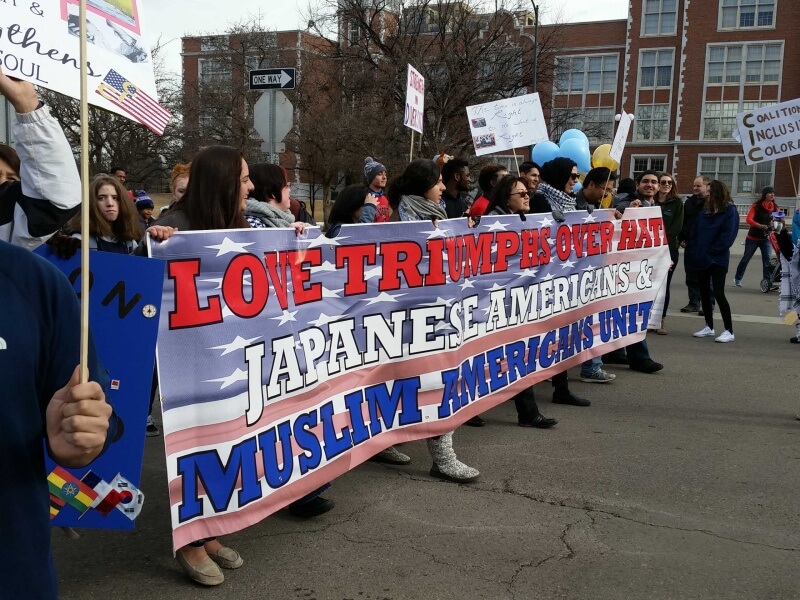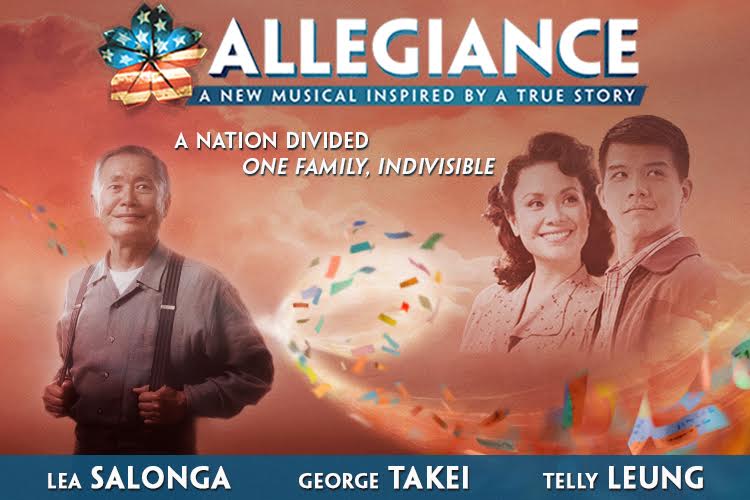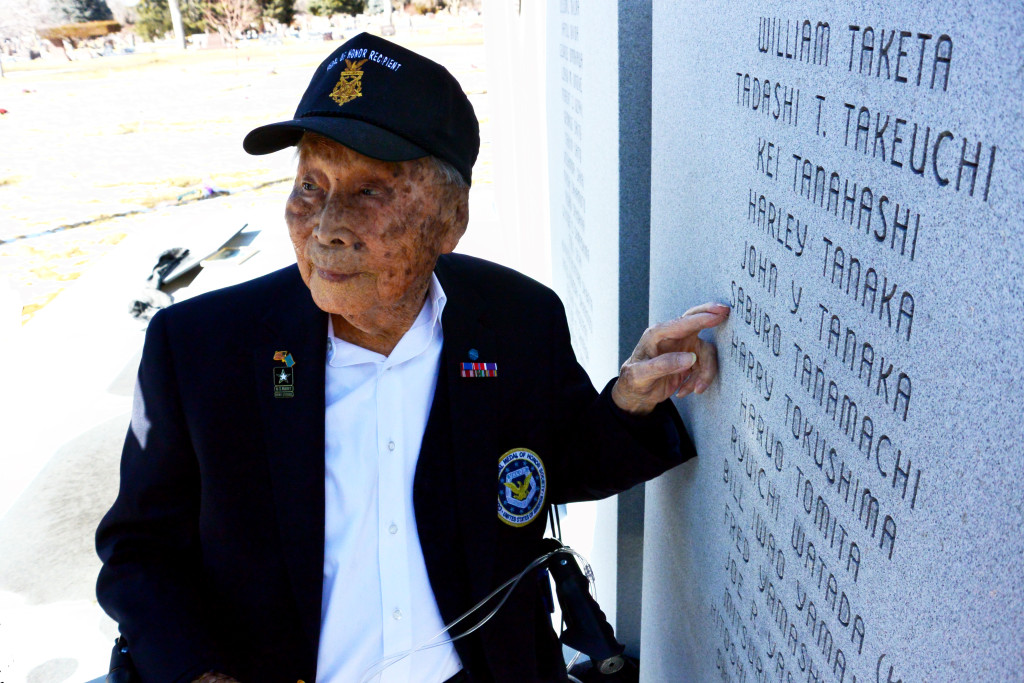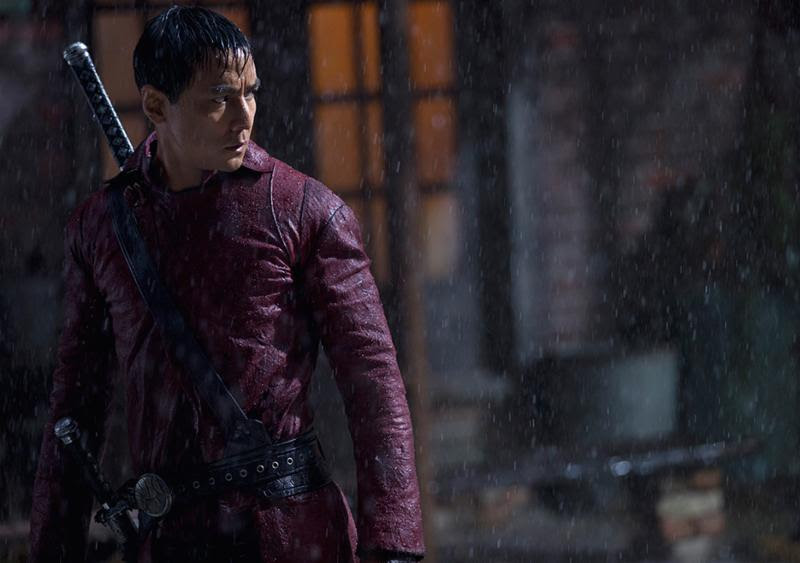Note: This post was originally published on AARP’s AAPI Community Facebook page.
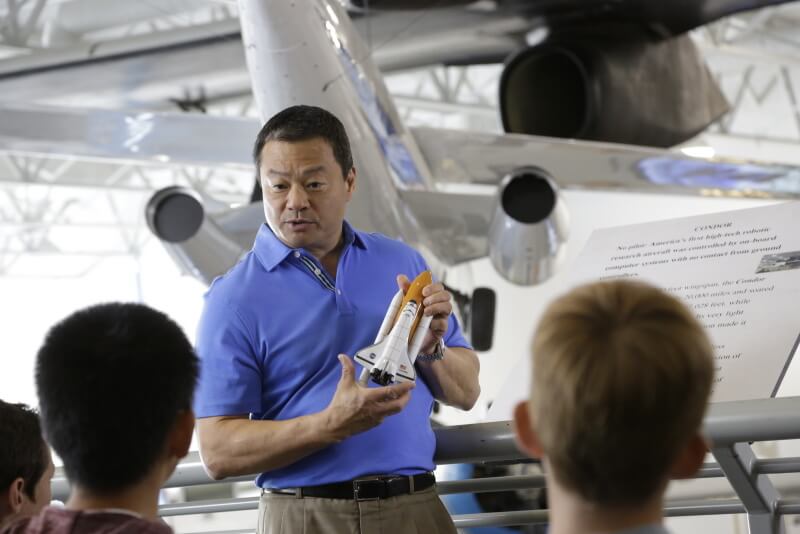 “The Martian” starring Matt Damon as an astronaut stranded on the Red Planet curiously won the Golden Globe Award in December as the best musical or comedy (hint: it’s really not either, though there’s some funny lines) but on Oscar night, despite being nominated for six awards; the Academy Awards left the movie stranded.
“The Martian” starring Matt Damon as an astronaut stranded on the Red Planet curiously won the Golden Globe Award in December as the best musical or comedy (hint: it’s really not either, though there’s some funny lines) but on Oscar night, despite being nominated for six awards; the Academy Awards left the movie stranded.
The lack of awards hasn’t hurt the film, which is also now available on DVD, Blu-Ray and streaming services. It’s a commercial hit.
But it took some critical hits when it was originally released in 2015, because two of its characters, who were Asian American in the bestselling book by Andy Weir, were played by Caucasian and African American actors on the big screen.
The switch was called “whitewashing” by Asian American groups who accused director Ridley Scott of depriving Asian American actors of significant roles. Both characters kept their Asian names from the book – one NASA scientist is named “Park” and her background is never explained while the other is named “Kapoor” and is explained in the film as half black and half South Asian.
The lack of Asian Americans and Pacific Islanders in Hollywood is an old complaint, and especially in the science fiction genre. George Takei’s “Sulu” in the 1960s Star Trek series and subsequent films is a big exception. As an example, the “Star Wars” franchise features scant few Asian faces (unless they’re ugly aliens who dress and sound vaguely Asian). It’s as if in the future, Asians just never make it into space.
That lack of role models didn’t stop Leroy Chiao, who is one of only a handful of Asian Americans who have flown in space as a NASA astronaut. He flew on three Space Shuttle flights and was Commander of the Expedition 10 crew and lived on the International Space Station.
Chiao grew up in the Baby Boomer era when Asians weren’t generally included in mainstream American culture (except as the Chinese cook in “Bonanza,” the POW houseboy in “McHale’s Navy” and Kato, the martial arts-fighting chauffeur in “Green Hornet”). So he didn’t really think he was being ignored with the lack of role models.
He didn’t need an Asian role model to find his calling: after he watched Neil Armstrong make his historic moonwalk, young Chiao was hooked.
“When we landed on the moon in 1969, I was 8 years old. I was building model airplanes and model rockets even before we landed. When we landed, I thought ‘wow, that’s where I want to be.’ That’s where it started in my mind.”
Continue reading




